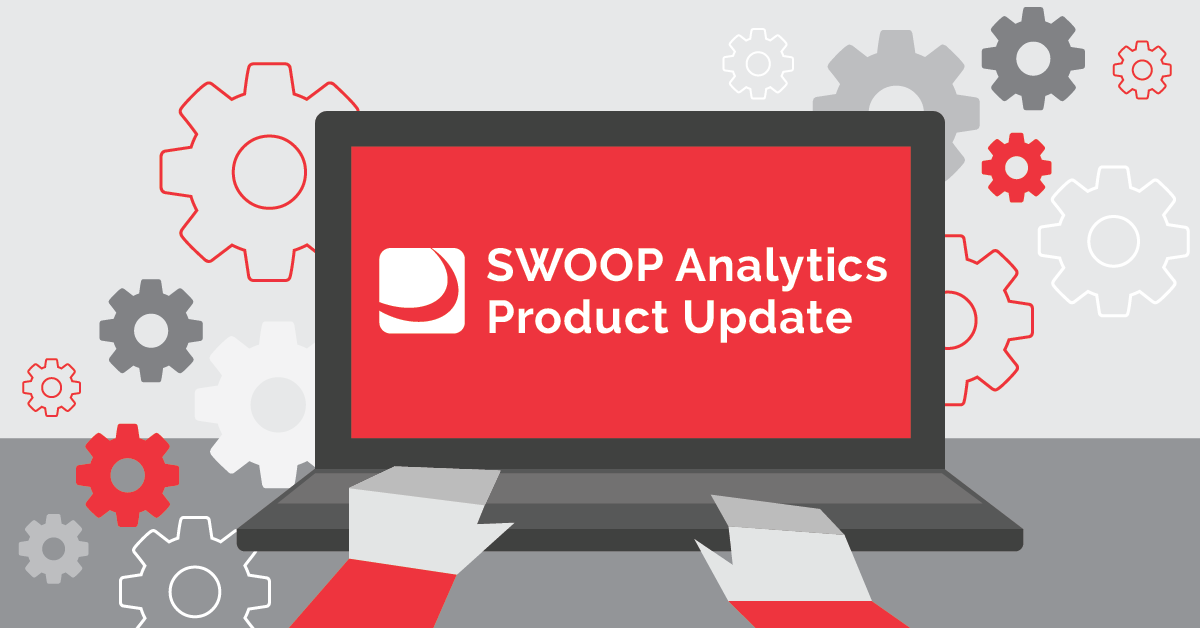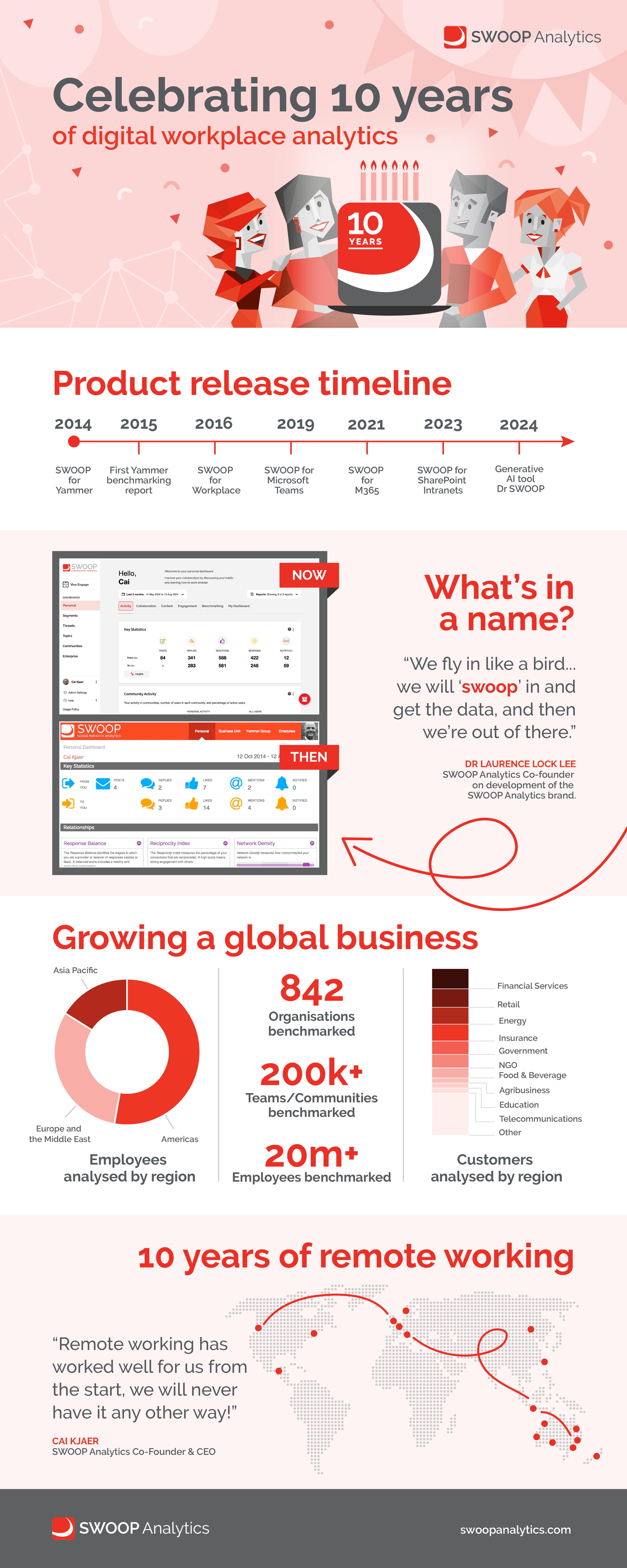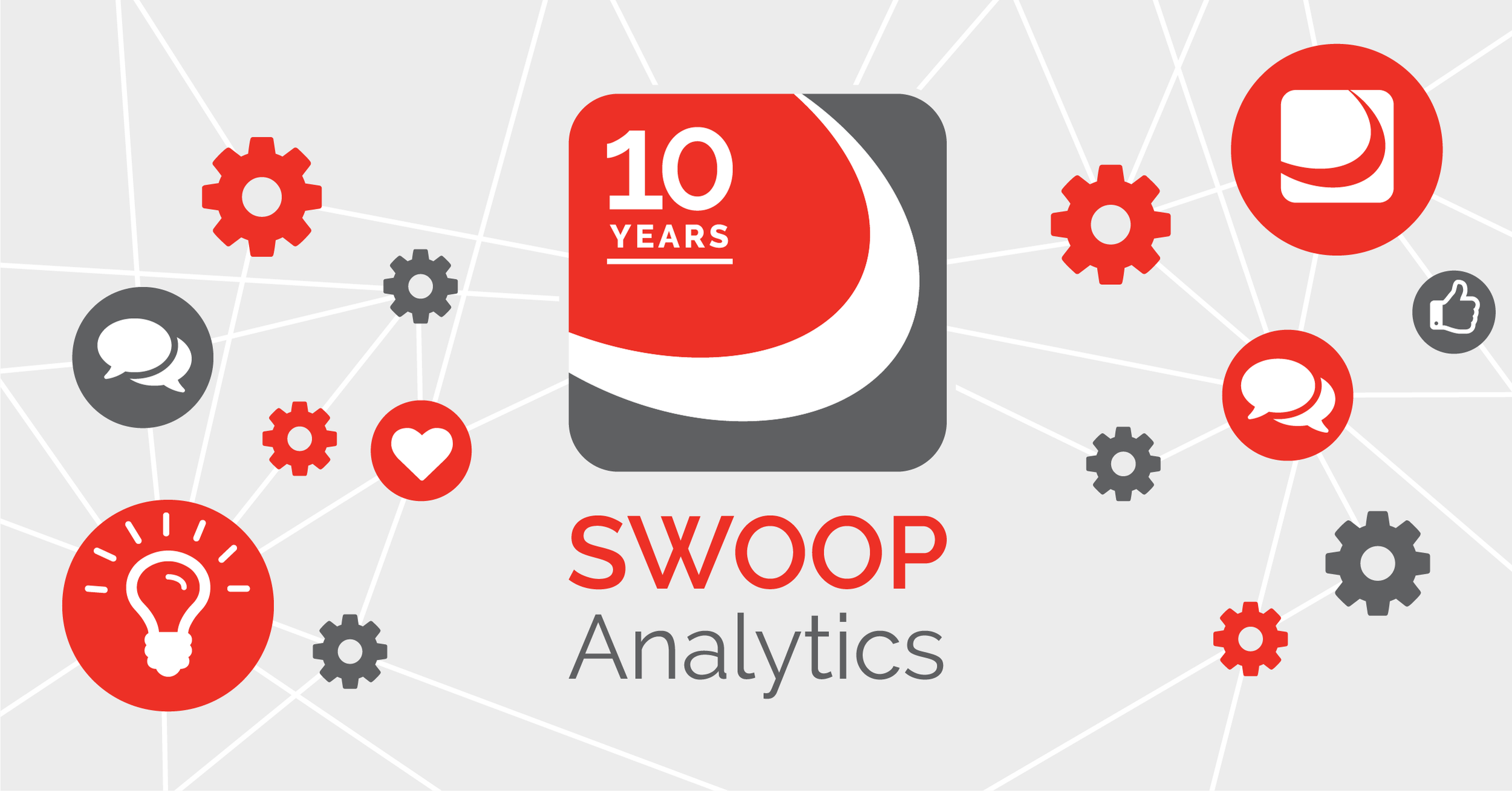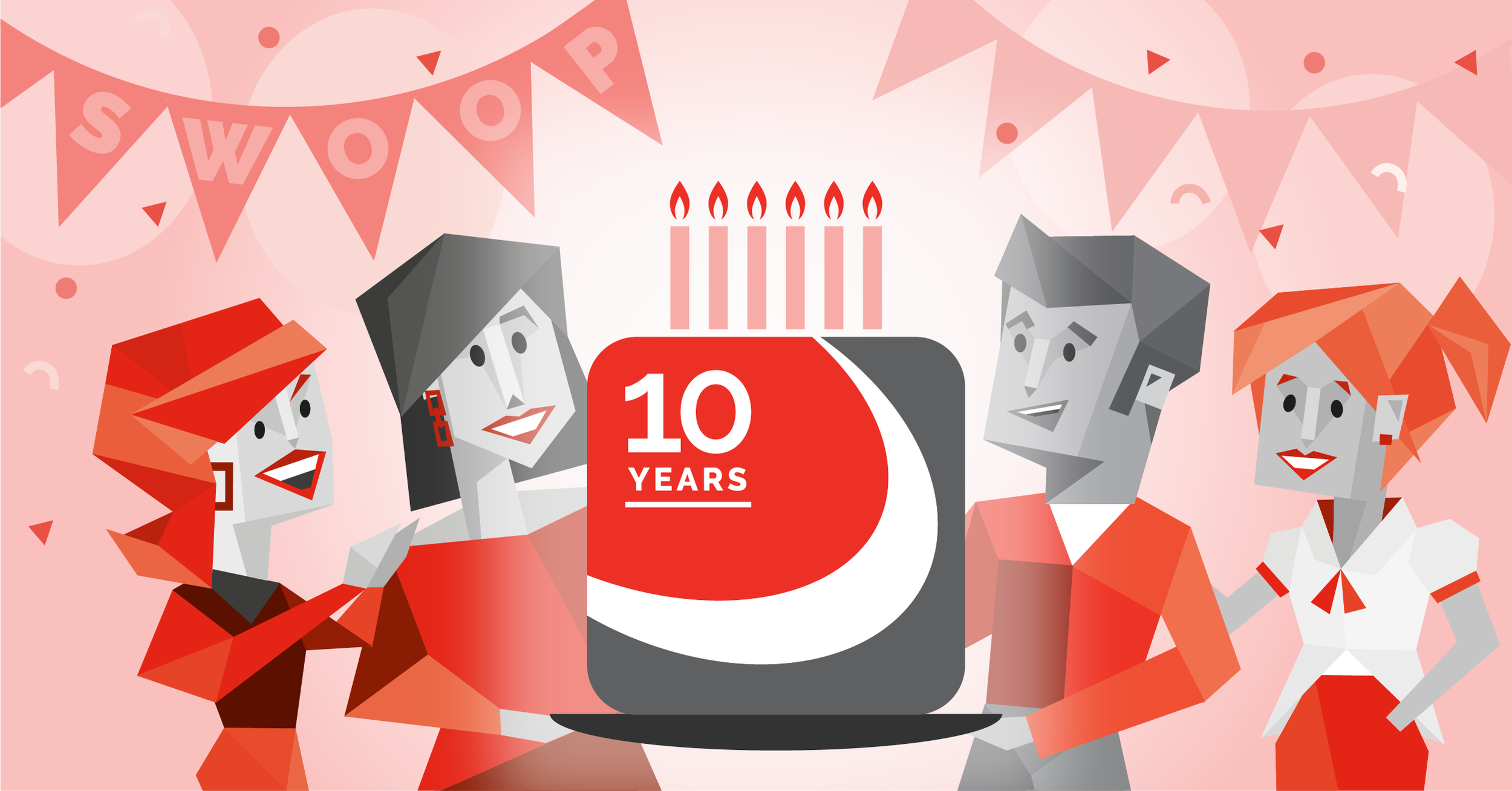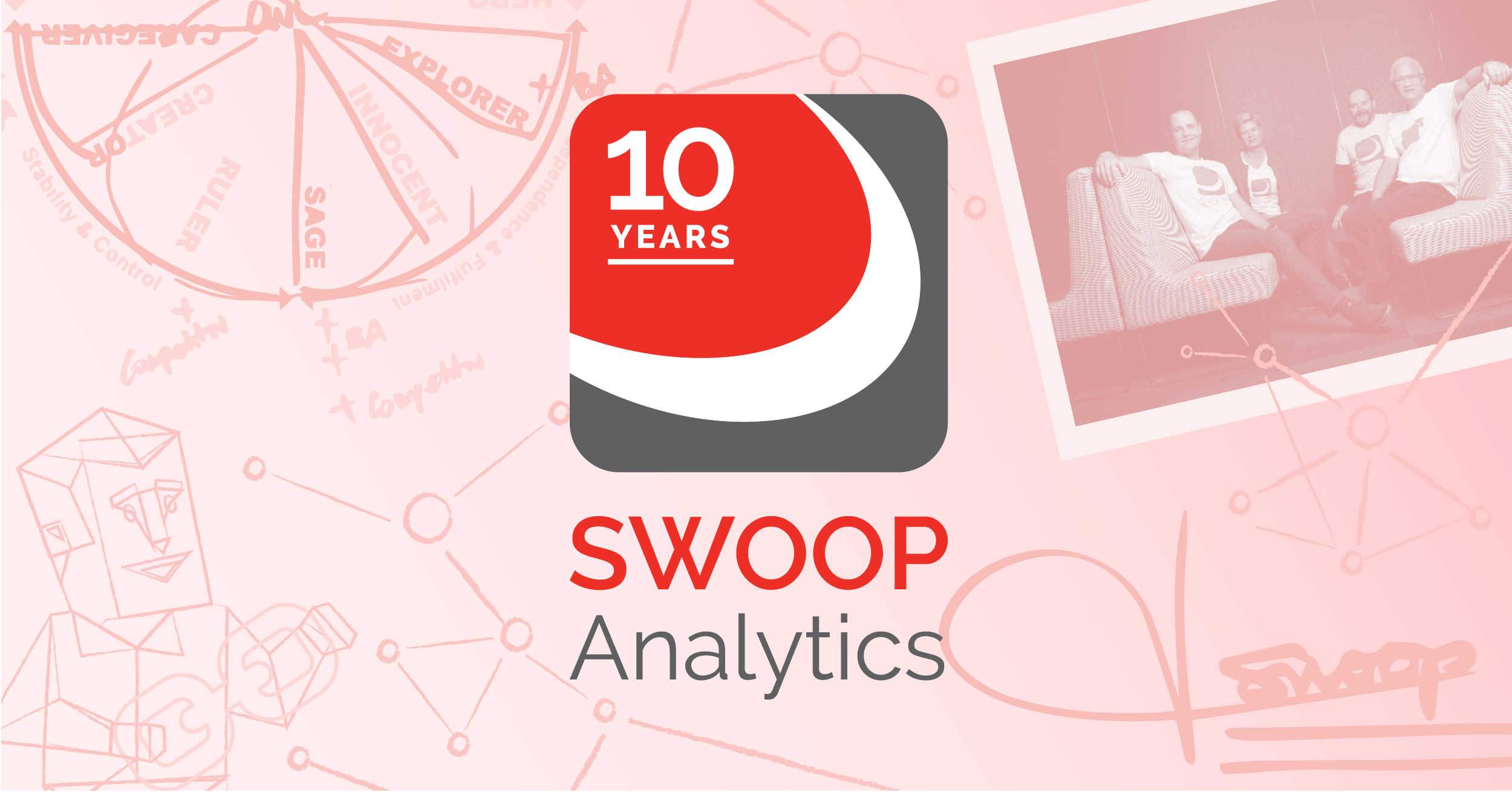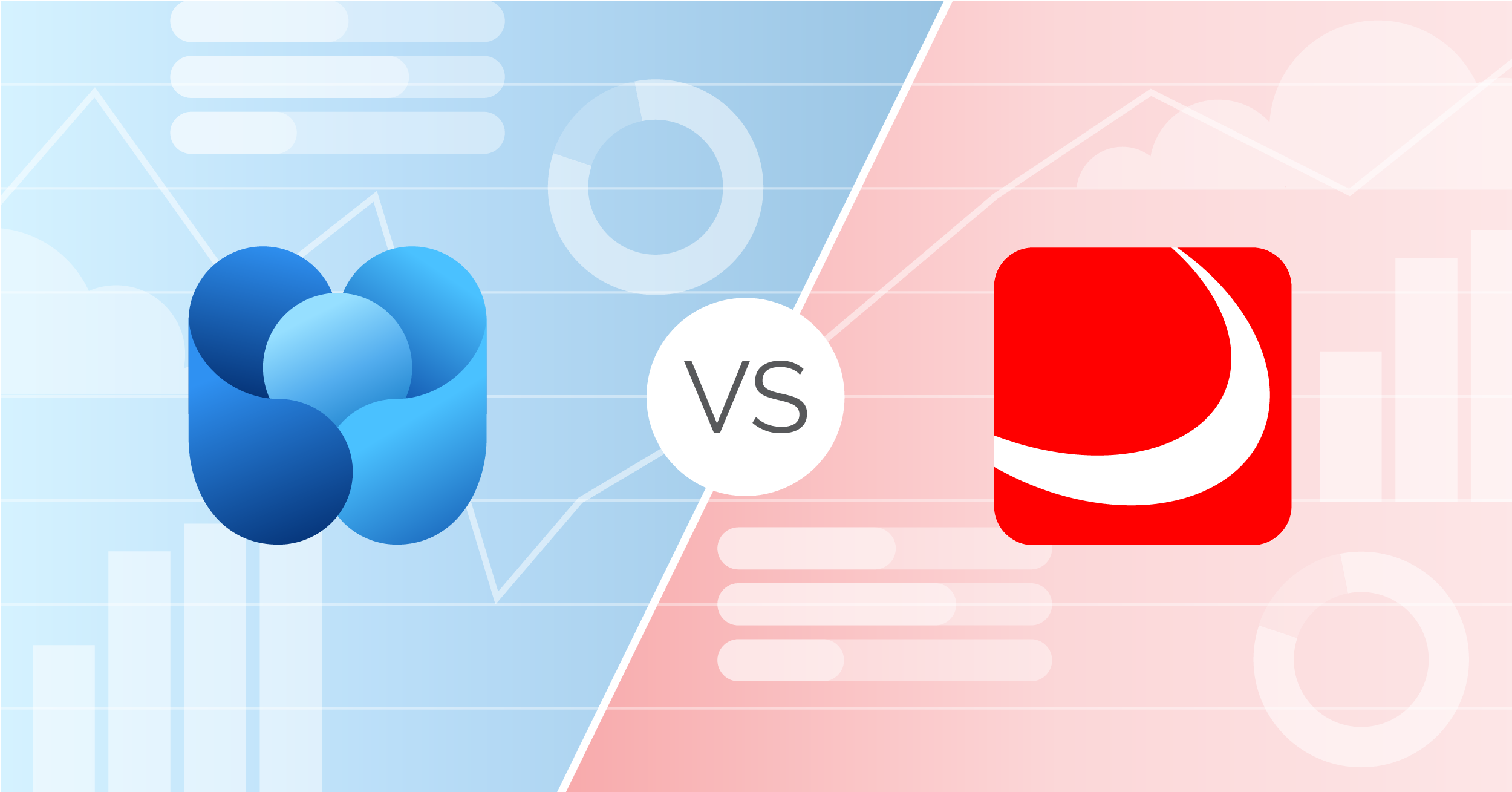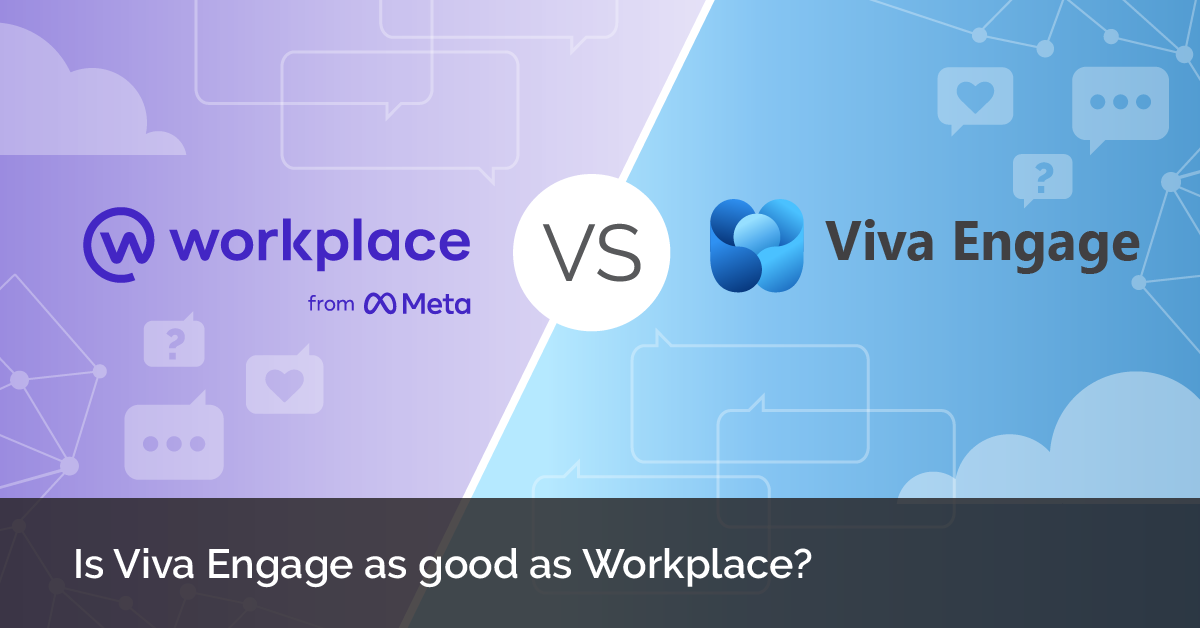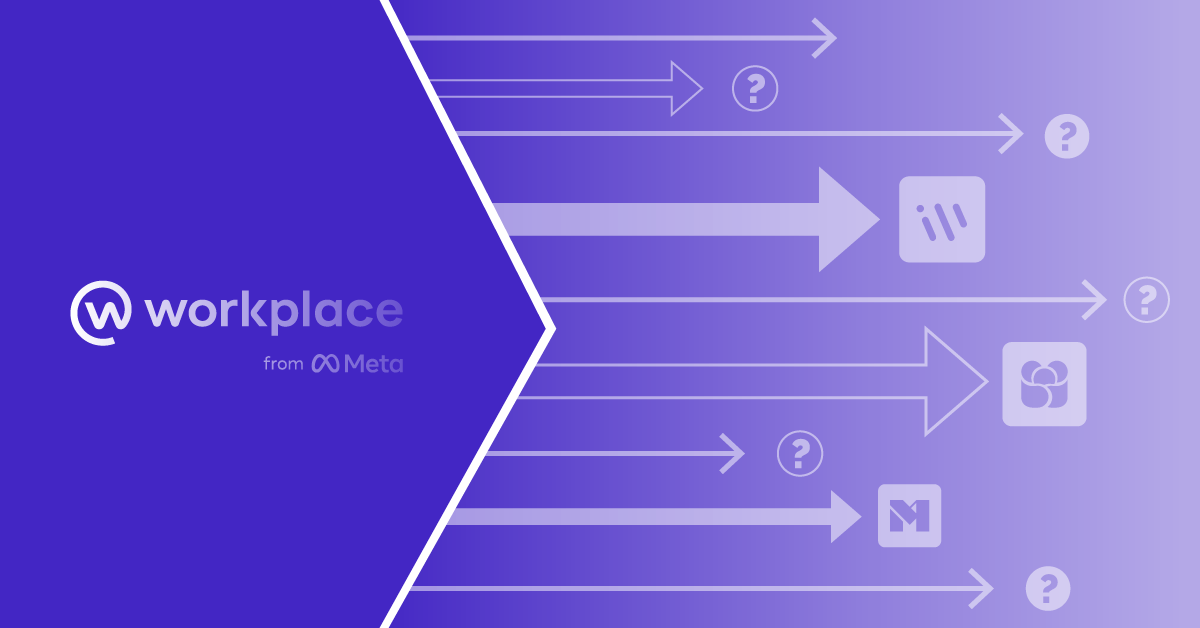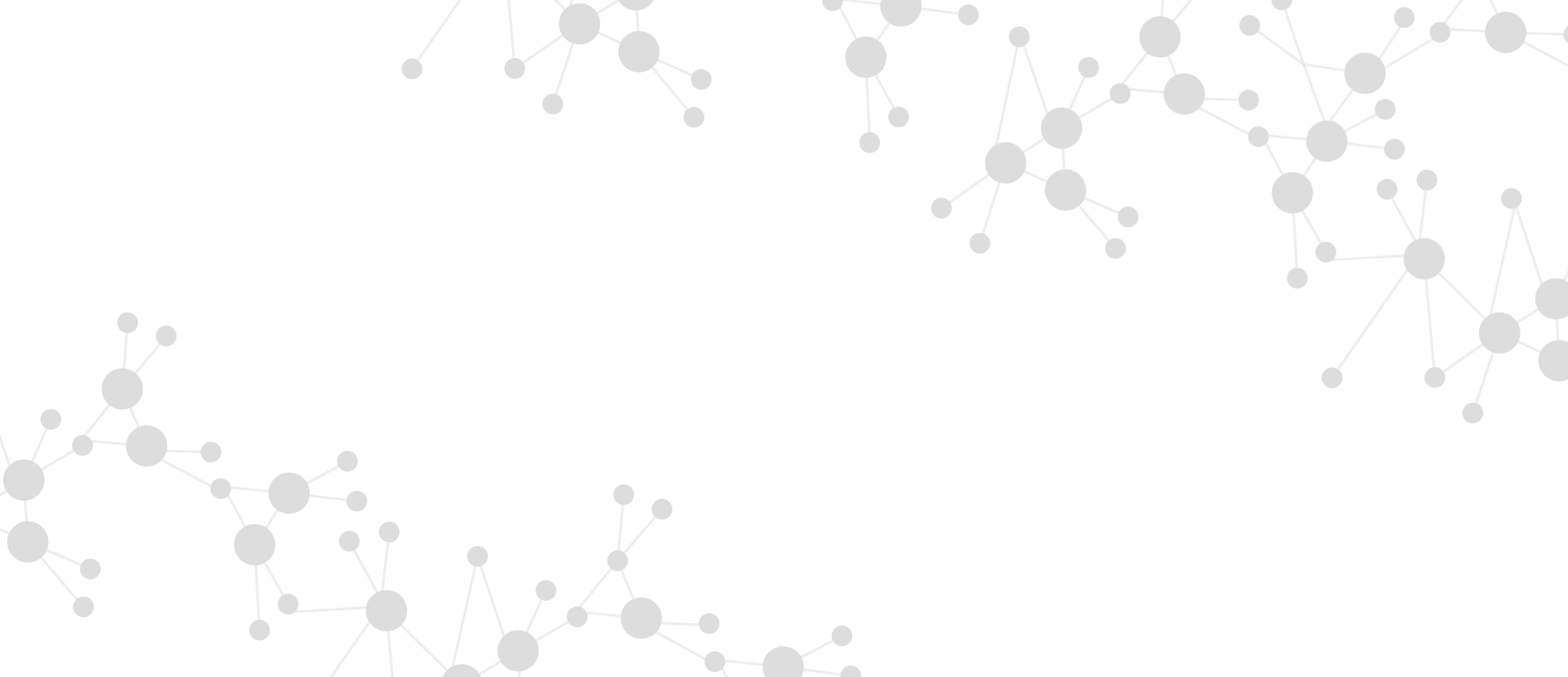
SWOOP Blog
Latest Articles
Blog Archive

When Artificial Intelligence Sentiment Analysis Meets Yammer
Bringing some of Microsoft's artificial intelligence capabilities to bear on collaboration tools opens up a new realm of productivity.

Would a BYO (Digital Tools) Approach Work for Your Company?
Do you want to liven things up at your office? Start a conversation about which digital workplace tools your organization should standardize on. There’s a plethora of collaboration tools and technologies to choose from, and picking just one is an overwhelming task.The “bring your own device” (BYOD) movement may offer a solution to the problem. As recently as a decade ago, the idea of bringing your own device to work was unthinkable. Today it’s commonplace for people to use personal devices on the job — especially mobile phones. So, using the same logic as BYOD, why not allow people to collaborate with their own digital tools of choice?

Would a BYO (Digital Tools) Approach Work for Your Company?
When it comes to choosing team collaboration tools, enterprise IT should embrace the BYOD model and let end users decide.
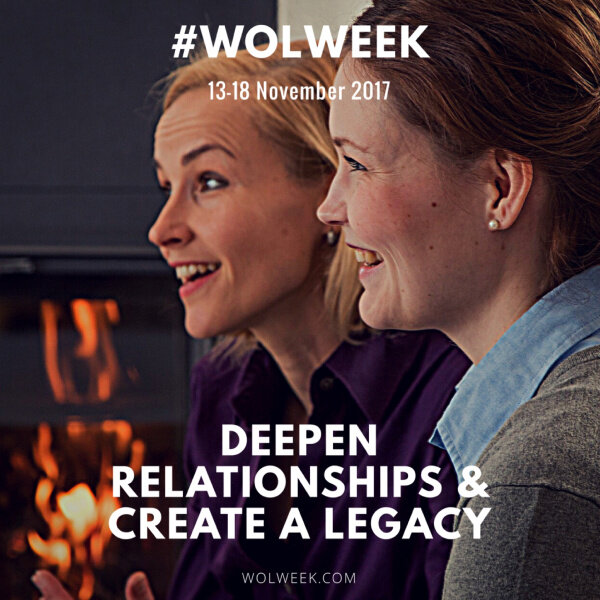
Work Out Loud Circles - Do they Bridge the Gap?
In celebration of Work Out Loud (WOL) week, we want to highlight the role WOL circles can play as a bridge between our world of exploration, discovery and innovation, and the one that occupies most of our time; the day to day tasks.

The Power of a Question, Asked Online
The power of a question to spark imagination, challenge bias or entrenched thinking, or simply to help solve a problem has been long recognised. How expert are we at asking questions online? We decided to dig deep into our SWOOP big data resources looking for an answer.

Will Customers Buy Into Your Seller Persona?
You've analyzed your prospective market, built buyer personas for your perfect customer, and crafted your website and Facebook pages with all the social media bells and whistles to ensure that the right people are coming to view your content, products and services.
You also have social media monitoring tools in place to track your customers’ journey to you. Did they enjoy the experience? Is it simply enough that they stayed the journey? How can you be sure?

Will Customers Buy Into Your Seller Persona?
You've built buyer personas to ensure that the right people viewing your products and services. But what of buyers’ perception of you as a seller?
The Dying Art of Conversation
I started out composing this blog post with the intent of informing on how to start and sustain a good online conversation. As part of my research for the article I came across MIT Professor Sherry Turkle’s book on ‘Reclaiming Conversation: The Power of Talk in a Digital Age’. There is substantial material available for helping us conduct more effective online conversations. However, if you are like me, there is always that nagging doubt about whether online conversations ever achieve the level of fidelity and depth that a face to face conversation can take. Turkle’s book turned this nagging doubt into full scale distress. The book opens with a story about a junior high school that contacted Turkle with concerns students had lost the ability to naturally converse and develop empathy for each other. The school attributed this behaviour to their pervasive use of online communication devices. This immediately raised a question to me. By pushing more of our conversations online, are we actually harming future generations’ ability to converse in the way that most of us have taken for granted? Are we doing more harm than good?
Why Workplace is Changing the Way Retail is Conducted
The world’s largest private employer, Walmart, has signed up with Workplace by Facebook. It means 2.3 million employees are now able to connect and collaborate across the entire organization.
Why did the king of retail align itself with Workplace, Facebook’s relatively new venture into enterprise social networking? Because the retail industry is being disrupted and its only defense is to disrupt itself.
Traditionally, retail has been one of the major employers globally. It’s now one of the most affected by digital disruptions, including online shopping and virtual supply chains.
The pressure for the retail sector to innovate and change has never been more intense. A tool is needed to connect employees across large and disparate retail outlets, where leadership can communicate with shop-floor staff in real time and those dealing with customers face-to-face can communicate back up the ranks of the organization.
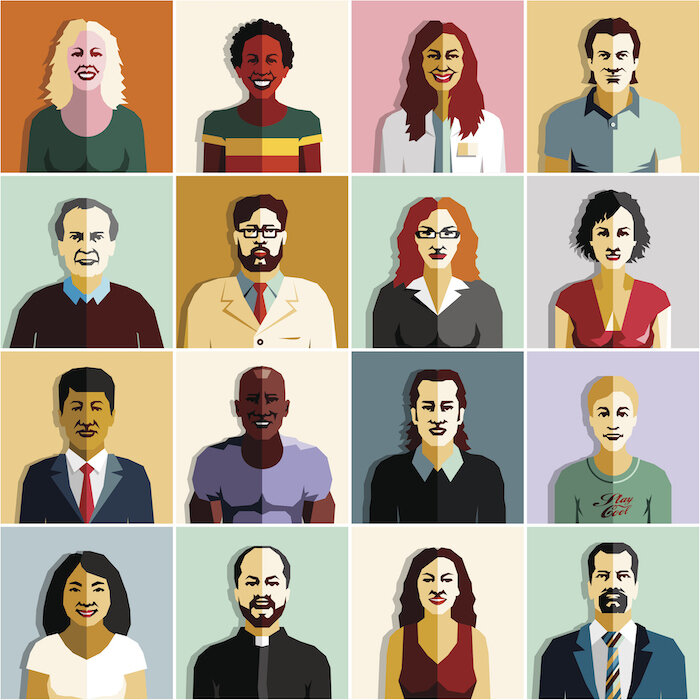
Five reasons you should update your staff profiles in SWOOP
For most large organisations, it’s an absolute pain to keep your staff directory up to date. Staff profile data tends to be spread far and wide across different systems, be they human resource data bases, email directories, payrolls and the like; with no single up-to-date repository one can rely on. Believe me, the journey is worthwhile for many reasons. In this post we are selfishly addressing our SWOOP customers and prospects.
SWOOP is founded on the science of social network analysis (SNA). Value from SNA is achieved by identifying the relationship connections between individuals. The follow-up core value then comes when we can understand the groups that these individuals belong to. We often hear organisations talking about their ‘barriers to collaboration’. These so-called ‘barriers’ are regularly defined by staff attributes, collected in the ubiquitous staff directory. Having conducted in excess of 100 SNA projects globally over the past decade or more, these are the so called ‘barriers’ that our clients have been most regularly looking to break down:

Five Ways for CEOs to enhance Staff Engagement
Enterprise Social Networking (ESN) is starting to impact how staff at all levels of the organization behave and interact with each other. In particular, we are starting to see progressive CEOs and their senior executive teams looking to ESN to sidestep the traditional top down communication cascades and engage directly with ‘shop floor’ level staff, to build staff engagement overall.
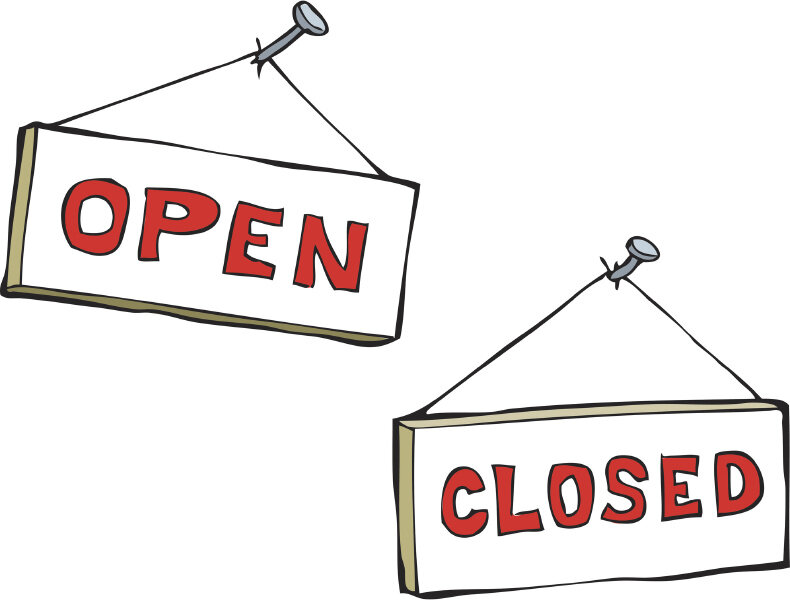
Open vs Closed Groups on Workplace by Facebook: What a Dilemma!
As we started introducing SWOOP to Workplace by Facebook clients, the big difference we noticed between Workplace customers and customers using other Enterprise Social Networking (ESN) platforms was the proportion of “Open” to “Closed” groups. Our 2017 benchmarking report of 57 organisations worldwide identified an average 74% open groups, with four organisations being 100% open.


What does AI have to say about the Trump vs Turnbull Leak?
Our weekend papers were filled with transcripts of the ‘robust’ conversation had between President Trump and Australian Prime Minister Turnbull on the issue of refugees. Some commentators were concerned about how ‘leaky’ the Trump administration had become. Others welcomed the transparency afforded by the transcripts, allowing the public to see beneath the public personas that many leaders are adept at maintaining. One thing is clear however, increased digitisation is providing us with at least the technical capability to track virtually everything anyone says to each other over digital channels. Stopping the leaks through purely governance mechanisms alone is like pushing the proverbial uphill. In the end we can only rely on developing the appropriate cultural and behavioural ethical norms.

Beyond Compliance: The Ethics Behind the New Data Protection Rules
As Europe looks to introduce its new General Data Protection Regulations (GDPR) in 2018, the arguments for and against more regulation continue to build.

Real Time Talent Identification
There is something seriously wrong with how organizations are going about identifying talent in their organizations. Substantially, most organizations today treat their staff as objects sitting on the warehouse shelves waiting to be picked off. The HR department will have devised capability characteristics that can be assigned to each individual using some tenuous process, so that they can be placed in the right shelf with similarly categorised staff. Some specially classified staff may merit a shelf of their own and therefore may be especially attractive to those fortunate enough to have been picked off the shelves earlier.

Stanford Peace Innovation Lab values SWOOP Insights
SWOOP Chief Scientist Dr Laurence Lock Lee recently met with Mark Nelson, who co-directs the Stanford Peace Innovation lab at Stanford University with behavior designer, social entrepreneur and mentor capitalist, Margarita Quihuis. Mark identified SWOOP’s ability to surface operational insights from interactions conducted in social networking platforms like Workplace by Facebook and Yammer, to enable a whole new level of research potential. Their current focus is on gender diversity, a big issue in Silicon Valley. He noted that many current gender diversity policies are doing more harm than good. This is where SWOOP operational data can be used to truly measure the impacts of gender diversity policy. We were able to show Mark some early results from one of our clients, which demonstrated how womens’ natural affinity to networking was indeed carried through into the workplace, significantly outperforming men.

Efficiency Versus Effectiveness: 57 Yammer Networks Can't Be Wrong
Studies of how organizations work have been around pretty much since the beginning of the industrial age. Now in the digital age, that stopwatch has morphed into a digital dashboard that lets employers and staff drive even greater efficiencies by conducting forensic analyses of how they spend their time at work.

How a three-year-old Sydney analytics startup SWOOP landed an “amazing” partnership with Facebook
A write up of our recently announced Analytics Partnership with Workplace by Facebook. Published originally on Smart Company
A Sydney-based analytics startup that has been operating for just three years has landed an “amazing” partnership with social media giant Facebook through its Workplace platform.
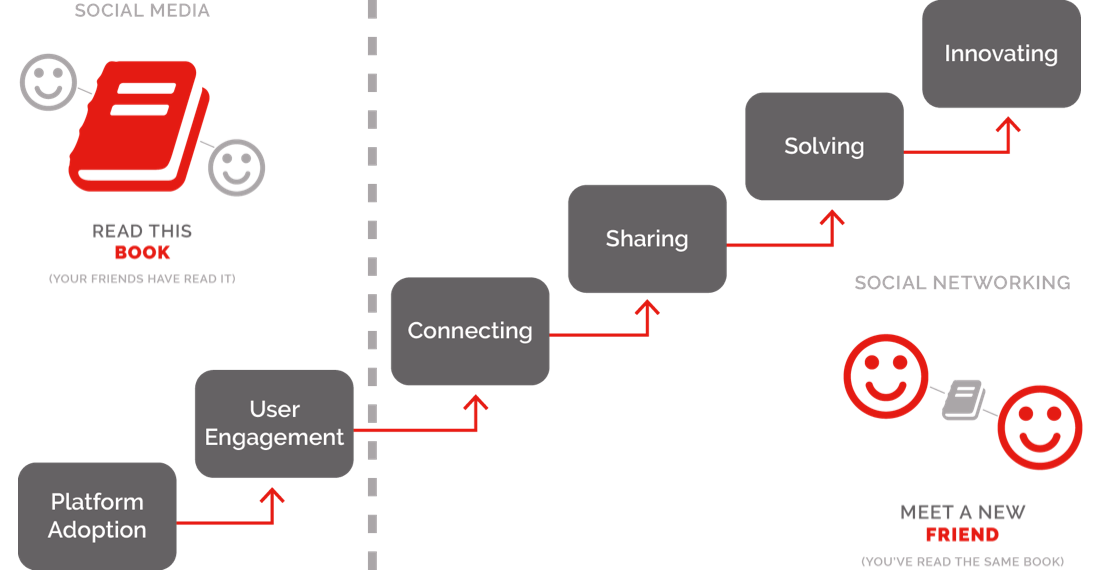
Benchmarking Your Way to Collaborative Success
We will shortly be releasing our 2017 SWOOP Enterprise Social Benchmarking report along with some webinar briefings to bring it to life. It is the world's largest comparative analysis of collaboration patterns between organizations, using operational activity data. The report provides some significant insights gained from how individuals actually interacted, as opposed to what they might say they do. We analysed the collaboration patterns of more than 250,000 individuals across 57 organizations over an extended six-month period.


